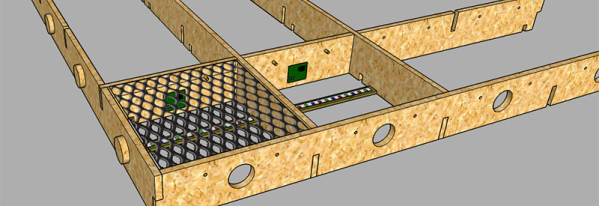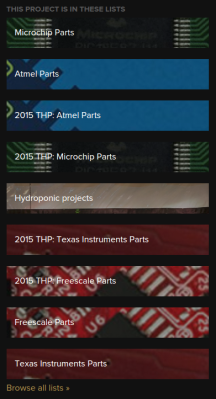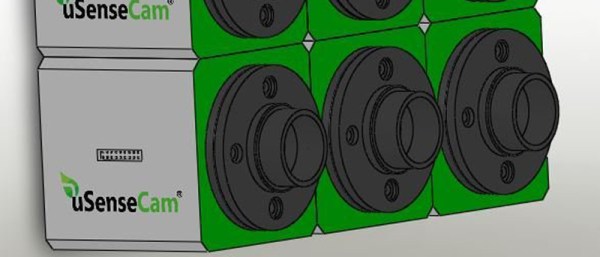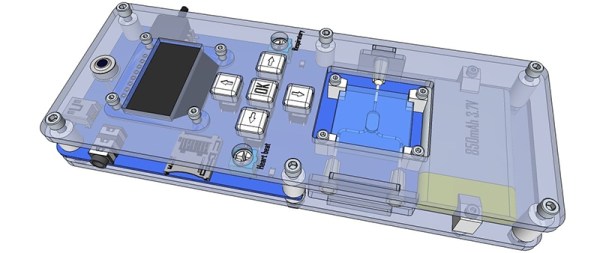Not every project for The Hackaday Prize needs to solve a pressing concern, save the planet, or help people. Sometimes, it just needs to be cool. [Jeremy]’s project is certainly cool. He’s building a touch-sensitive disco floor for the awesomeness of Saturday Night Fever combined with the technical complexity of the Billy Jean music video.
We’ve seen a few disco floor builds over the years, and for the most part, [Jeremy] isn’t straying too far from a well-tread path. He’s using LED strips to light his build, cutting the frame for the floor out of plywood and translucent squares, and using an ATMega to control each panel. So far, nothing out of the ordinary.
The trick to this build is that every square has a capacitive touch sensor. Underneath each translucent panel is a bit of wire mesh. Because the disco floor has 144 nodes, running the standard capacitive sensor library just wouldn’t work; the delay in measuring each node adds up very fast. By rewriting [Paul Stoffregen]’s capacitive sensor library, [Jeremy] was able to run many panels at once.
Right now [Jeremy] has a single panel that responds equally well to bare feet as it does to motorcycle boots. It’s exactly what you need in an interactive dance floor, and we can’t wait to seen the entire floor running.










 The
The 











